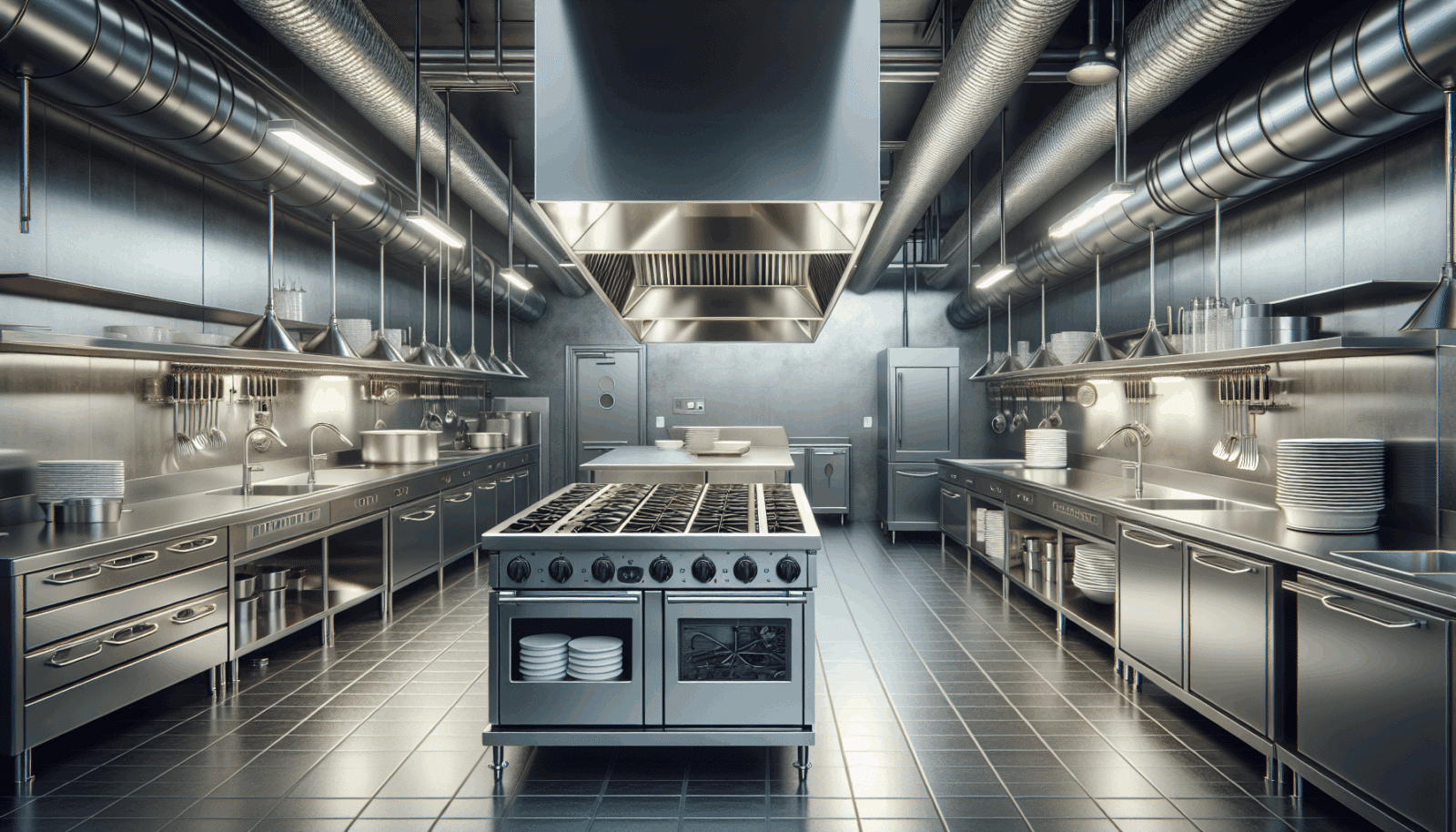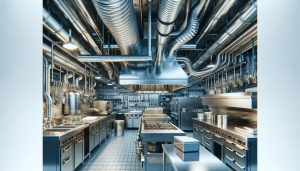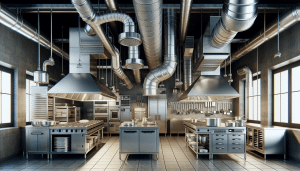Utah Hood Cleaning knows how vital it is to keep your kitchen running smoothly. A neglected vent hood can lead to costly repairs and even safety hazards. But don’t worry, we’ve got you covered! This comprehensive guide will teach you how to conduct a thorough kitchen vent hood inspection, helping you maintain a clean and efficient kitchen setup.
Understanding the Importance of Vent Hood Inspections
Kitchen vent hoods do more than just clear the air; they protect you from Grease fires and maintain a healthy cooking environment. By understanding the importance of these inspections, you’ll ensure that meals stay delicious and your kitchen remains safe. It’s more than a routine task; it’s essential maintenance.
Without regular inspection, grease and grime can accumulate, posing significant risks. Therefore, knowing the steps to a thorough vent hood inspection could make a world of difference.
Gather Your Inspection Tools
Before starting, gather all necessary tools. You will need a flashlight, a screwdriver, a degreaser, and a soft cloth. Investing in the right equipment ensures you can perform the inspection efficiently and effectively.
Having everything ready beforehand will streamline the process. It prevents you from stopping midway to search for required tools, making your inspection more efficient.
Turn Off Power to the Vent Hood
Safety is crucial. Before you begin, make sure to turn off the power to the vent hood. This step will prevent electrical shocks and ensure a safer inspection environment.
Locate the circuit breaker and switch off the power. Double-check by attempting to turn on the vent hood to confirm it remains off. This simple step can prevent potential hazards.
Remove and Clean the Filters
Your kitchen vent hood filters capture most of the grease and should be cleaned regularly. Remove the filters carefully and inspect for grease buildup. Cleaning them periodically ensures efficient operation.
Use a degreaser and warm water to clean the filters. Allow them to air dry before placing them back. You’ll notice an immediate improvement in your vent hood’s performance.
Inspect the Ductwork
Dirty ductwork can hinder the efficiency of your vent hood. Open the duct cover and inspect for grease or debris buildup. Cleaning the ducts will enhance airflow and eliminate any fire hazards.
A flashlight can help you see deep inside the ducts. Use a long brush to scrub away stubborn grime. Consistently clean ducts promise a more efficient kitchen.
Check the Fan and Motor
The fan and motor are the heart of your vent hood. Turn them manually to check for smooth operation. Any resistance or noise might indicate issues that need professional attention.
If you detect unusual sounds, it might be time to Contact Us. Regular checkups ensure that minor problems don’t escalate into significant repairs.
Look for Signs of Wear and Tear
Inspect the entire hood for rust, cracks, or other signs of wear and tear. These issues may affect the hood’s efficiency and should be addressed promptly.
Identify any damaged parts that may need replacing. Immediate repairs can prevent more extensive damage in the future.
Test the Hood’s Suction Power
Testing the suction power provides insights into the efficiency of your vent hood. Hold a piece of paper up to the vent; if it sticks, your hood is working correctly. If not, it may be time for cleaning or repairs.
Regular testing helps maintain optimal performance. Don’t overlook this simple yet crucial step in your inspection.
Document Your Findings
Keeping a record of your inspections will help you track the condition of your vent hood over time. Document any issues and the steps you took to address them. This information can be valuable for future maintenance.
A little attention to detail now can save you a lot of trouble later. Proper documentation makes it easier to share any concerns with professionals if needed.
Schedule Regular Professional Cleanings
While DIY inspections are vital, professional cleanings ensure that every aspect of your vent hood is maintained. We recommend scheduling these at least twice a year. Professionals have the tools and expertise to spot issues you might miss.
Merging regular inspections with professional cleanings guarantees that your kitchen vent hood remains in peak condition. Never underestimate the power of expert care.
- Safety: Regular inspections and cleanings prevent fire hazards.
- Efficiency: Clean hoods operate more efficiently, saving energy.
- Longevity: Routine maintenance extends the life of your vent hood.
- Health: Reduces contamination and maintains a healthier kitchen environment.
- Cost Savings: Prevents costly repairs in the long run.
Conclusion
Regular vent hood inspections are a critical part of kitchen maintenance. By following these steps, you ensure safety and efficiency in your kitchen. Feel free to contact us for any professional cleaning needs.
If you need expert help, call us at 801-853-8155 or Request a Free Quote.



